Memory and Creativity in Where the Past Begins
While Amy Tan’s fiction has always been informed by the experiences of those around her, her 2017 memoir turns inward, highlighting how much of her creativity stems from the lives that came before her.
Please note that shipping will be slower than usual for orders placed between Dec. 24-Jan. 15! Thank you for your patience.
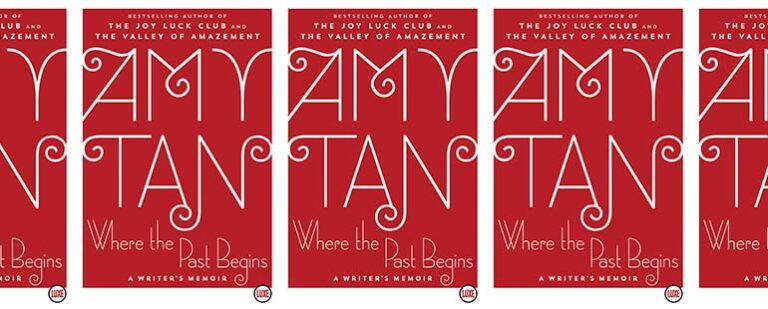
While Amy Tan’s fiction has always been informed by the experiences of those around her, her 2017 memoir turns inward, highlighting how much of her creativity stems from the lives that came before her.
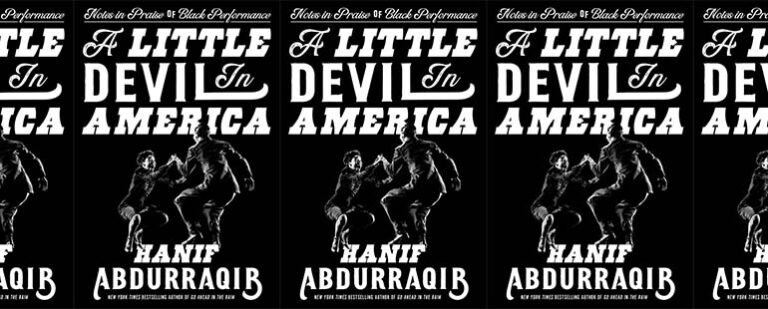
Hanif Abdurraqib bases much of what he writes on the things he loves, whether that be music or literature, basketball or sneakers. It’s through his love that he is able to reveal insights into artists and performers themselves, as well as the way that history links to the present—both in his own life and in the wider world.

Initially, the titular secondhand store seems to be the focus of Hiromi Kawakami’s 2005 novel. As the story progresses, however, it becomes increasingly clear that the shop is simply the backdrop for what Kawakami is actually interested in: the odd quirks of human interaction.

Anna Qu’s debut memoir unravels assumptions about immigration, labor, and trauma at both the personal and collective level, demonstrating how many seemingly disparate elements of our lives are deeply connected.
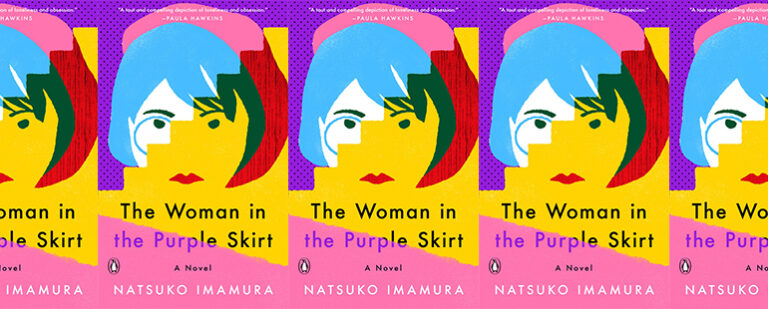
Natsuko Imamura’s 2019 novel reads at first glance as a fairly straightforward psychological thriller, with voyeurism is at its center. Imamura, however, also explores a deeper psychological entanglement, stemming from a desire to connect when social interaction feels like an insurmountable barrier.
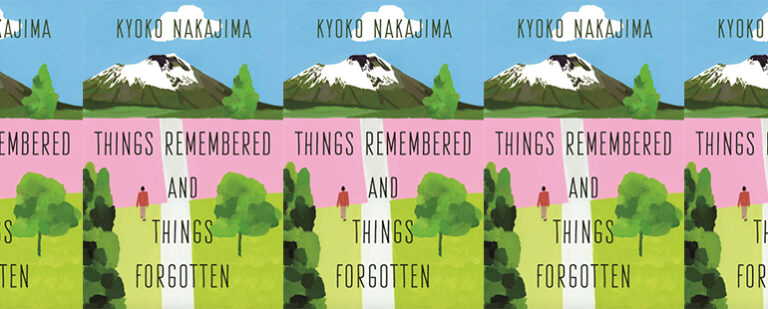
While the objectivity of memory—and even its actual substance—is consistently brought into question in Kyoko Nakajima’s stories, what remains clear are the emotions attached to the act of remembering and the way these emotions meaningfully link individuals or objects across time.
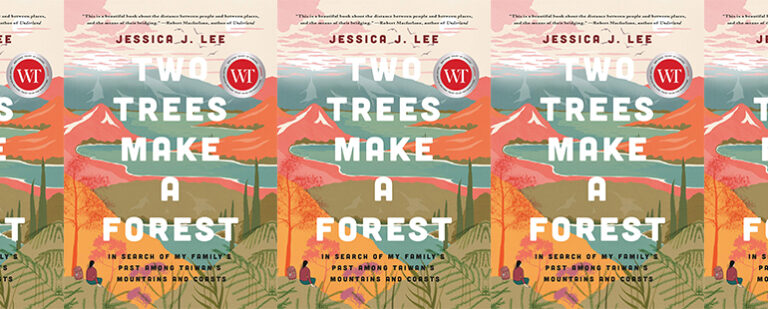
Jessica J. Lee’s 2019 book exists in the space between environmental history, cultural history, and memoir. While readers will get a sense of Lee’s exploration of personal identity by the end of the book, they will also gain a deeper understanding of the ties between history and the natural world.

Natalia Ginzburg presents a family’s dysfunction as an engrossing emotional rollercoaster, yet manages to make her story both haunting and deeply human.
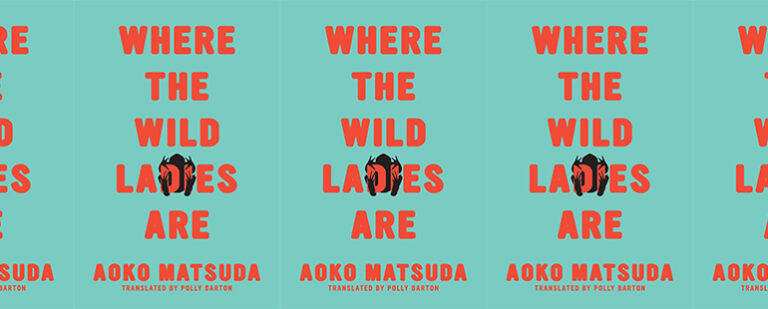
The stories in Matsuda Aoko’s 2016 collection encourage us to change how we understand stories—whether that be the folktales we tell children or the larger national myths we hold on to as adults—and to see where we can break away from received narratives into new futures.
No products in the cart.